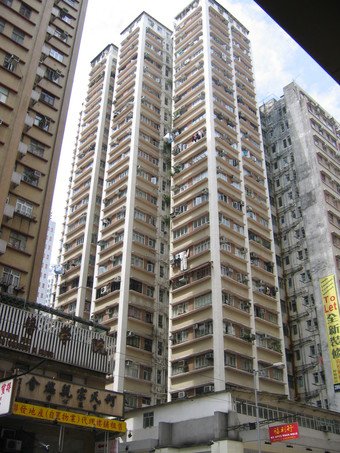

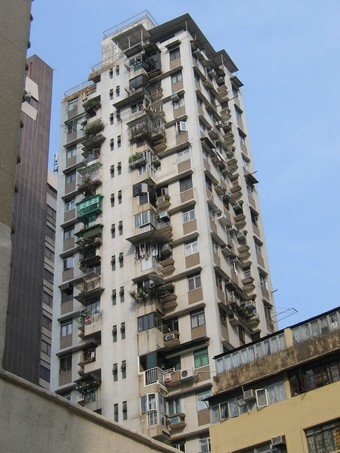
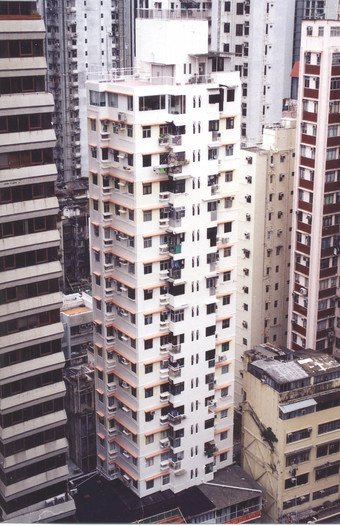
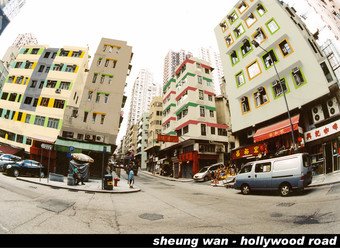
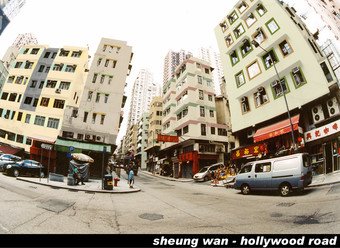
URA rehabilitation schemes take a booster
Four more financial institutions have joined 13 banks currently
providing mortgage loan services to owners of rehabilitated
buildings under the Urban Renewal Authority's (URA) voluntary
rehabilitation schemes.
The mortgage loan services for rehabilitated buildings are
organised by the URA in cooperation with the banking industry to
encourage owners of old residential buildings to improve their
homes through rehabilitation work and thus enhance the value of
their properties.
Mr Stephen Lam, District Development Director of the URA announced
today (Friday) that four more financial institutions, namely
Citibank (Hong Kong) Limited, DBS Bank (Hong Kong) Limited, GE
Money, and Industrial and Commercial Bank of China (Asia) Limited
have decided to join the services. The 13 banks that have already
joined in 2004 are the Bank of East Asia, HSBC, Liu Chong Hing
Bank, Nanyang Commercial Bank, Standard Chartered Bank, Wing Hang
Bank, Wing Lung Bank, Bank of China, Bank of Communications, CITIC
Ka Wah Bank, Dah Sing Bank, Hang Seng Bank and MEVAS Bank
The arrangement is that when a building of 20 years old or above
has been successfully rehabilitated under the URA's Rehabilitation
Material Incentive Scheme or Interest-free Loan Scheme, the banks
will be informed and will consider offering preferential mortgage
terms to prospective purchasers of residential units of the
building. This makes it easier for some owners who may wish to sell
their units and perhaps at a better price.
Since announcement of the preferential mortgage services in August
2004, about 460 transactions were known to the URA in the 108
buildings where rehabilitation works have been completed. About 200
purchasers secured mortgage loans for their properties, of which
74% were provided by the 13 banks.
There were 42 buildings where rehabilitation works have been
completed under the URA schemes when the mortgage services were
first introduced. As compared with the corresponding period before
then, there was an increase of about 48% in the number of
transactions in these buildings.
The banks would normally revaluate the market value of the flats
and offer mortgage loans up to 70% of the valuation and at an
interest rate comparable to buildings of 10 years old. The
repayment term will be extended to 50 or 55 years less the building
age so that the mortgagors would enjoy a longer repayment
period.
Moreover, the Hong Kong Mortgage Corporation has also extended its
Mortgage Insurance Programme to cover buildings rehabilitated under
the two URA schemes, providing a loan-to-value ratio of up to 85
per cent. This is an added incentive for owners to undertake
voluntary rehabilitation for their buildings.
The URA's rehabilitation material incentive scheme and
interest-free loan scheme were introduced in October 2003 and April
2004 respectively to promote voluntary building rehabilitation to
alleviate the growing problem of urban decay. So far, 163 buildings
consisting of about 13,700 units have joined the schemes.
Building rehabilitation is part of the URA's 4Rs strategy -
Redevelopment, Rehabilitation, Revitalisation and pReservation -
for a holistic approach to carry out urban renewal in the old
districts.
"This is an all-win situation: the owners enjoy a better home and
higher property value; the banks enjoy the prospect of a
re-invigorated market of older properties; and the URA makes
inroads in its mission to fight urban decay," Mr Lam said.
"Hopefully, if the Government's current proposal for mandatory
building inspection would materialize, the pace of building
rehabilitation will accelerate even more and the URA's
rehabilitation schemes will provide assistance to many more
building owners," he added.
Representatives of the 17 banks and financial institutions today
visited some recently completed rehabilitation buildings in Wan
Chai and Ma Tau Wai and were shown distinctive colour schemes for
the facades of some rehabilitated buildings. Mr. Lam added that
these colour schemes were a result of design services offered by
URA to the owners with a view to brightening up their buildings and
improving the built environment.
(END)
